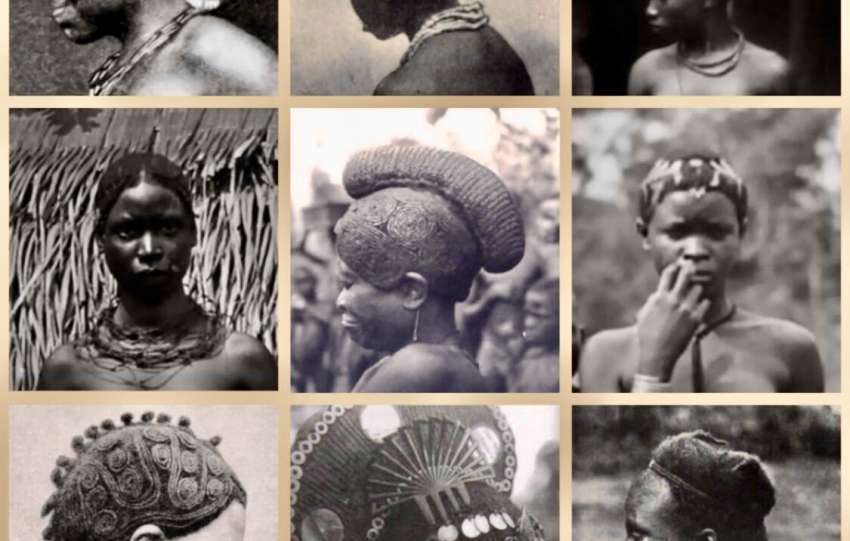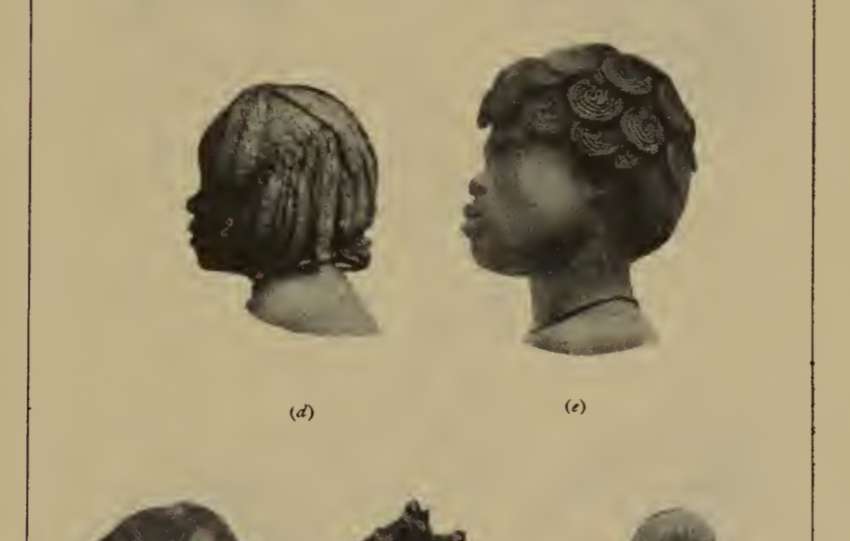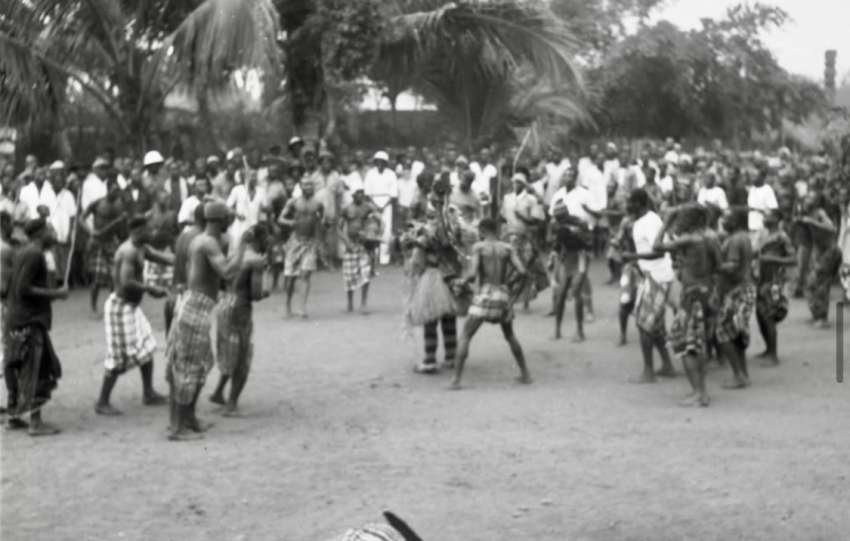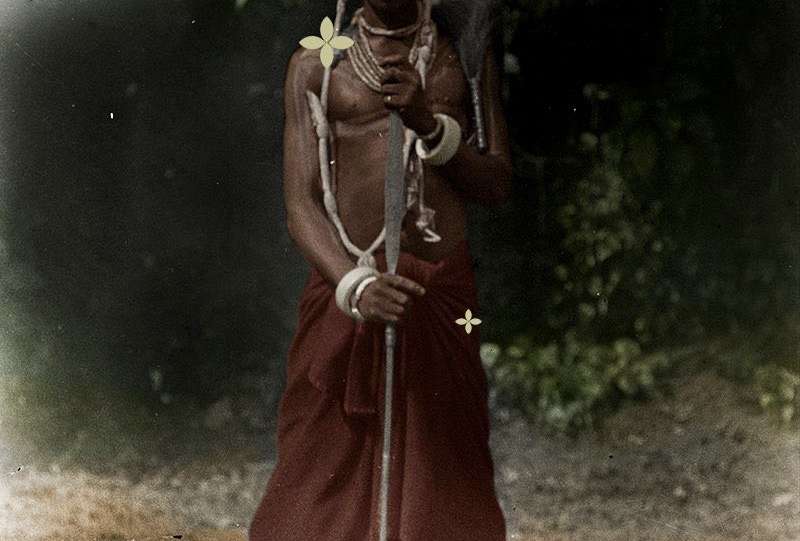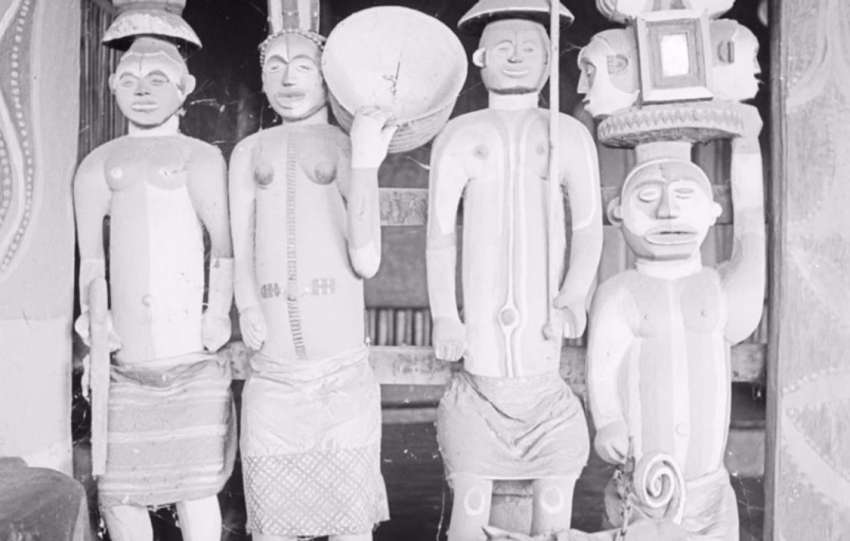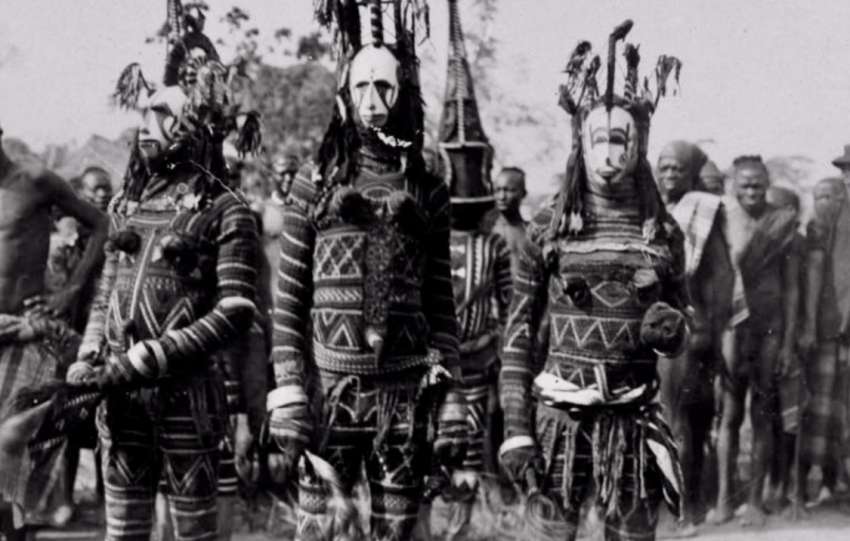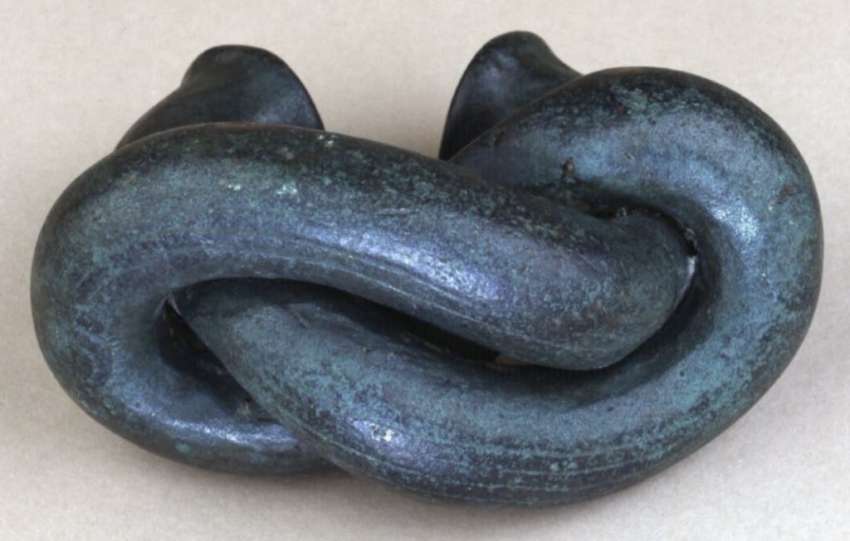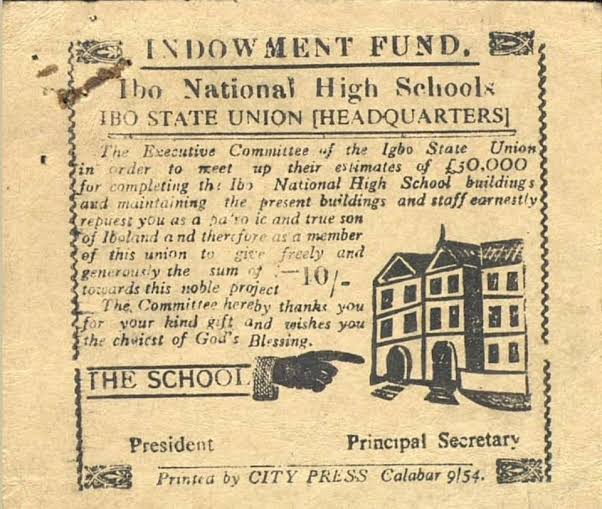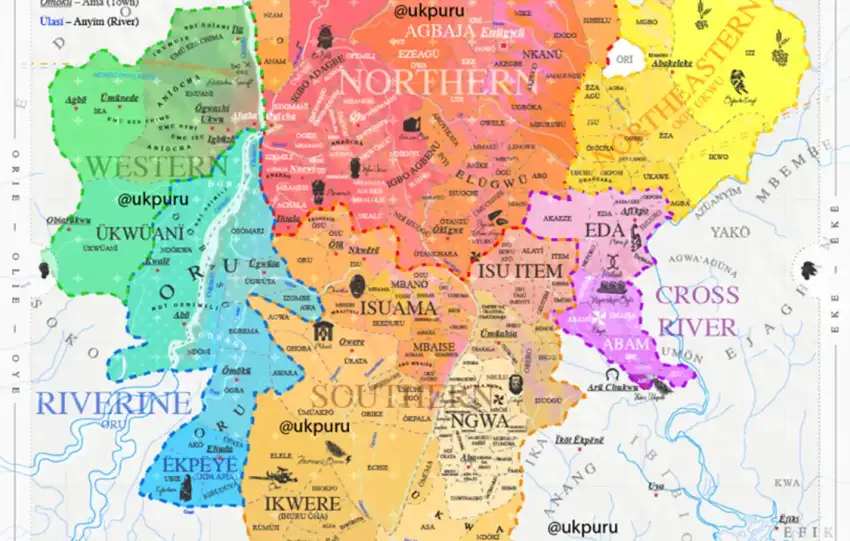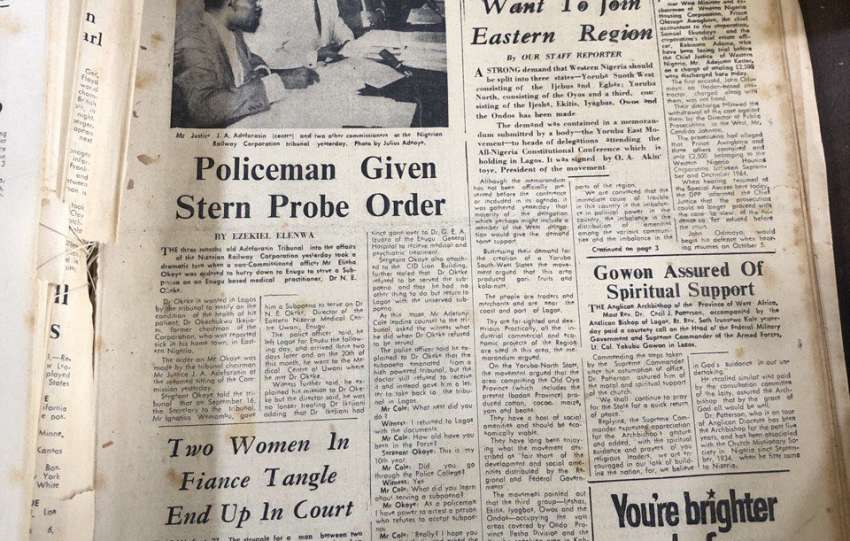Igbo women and girls and their hairstyles, 1900-1930. Photogrid by Ukpuru 2019.
Igbo women and girls and their hairstyles, 1900-1930.
The crested hairstyle Ojongo remained popular until the mid-20th century and is a distinctive element in Igbo art representing women. Women adorned their hair with various ornaments such as thread, feathers, shells, bone, wood, beads, Igbo currency,…
